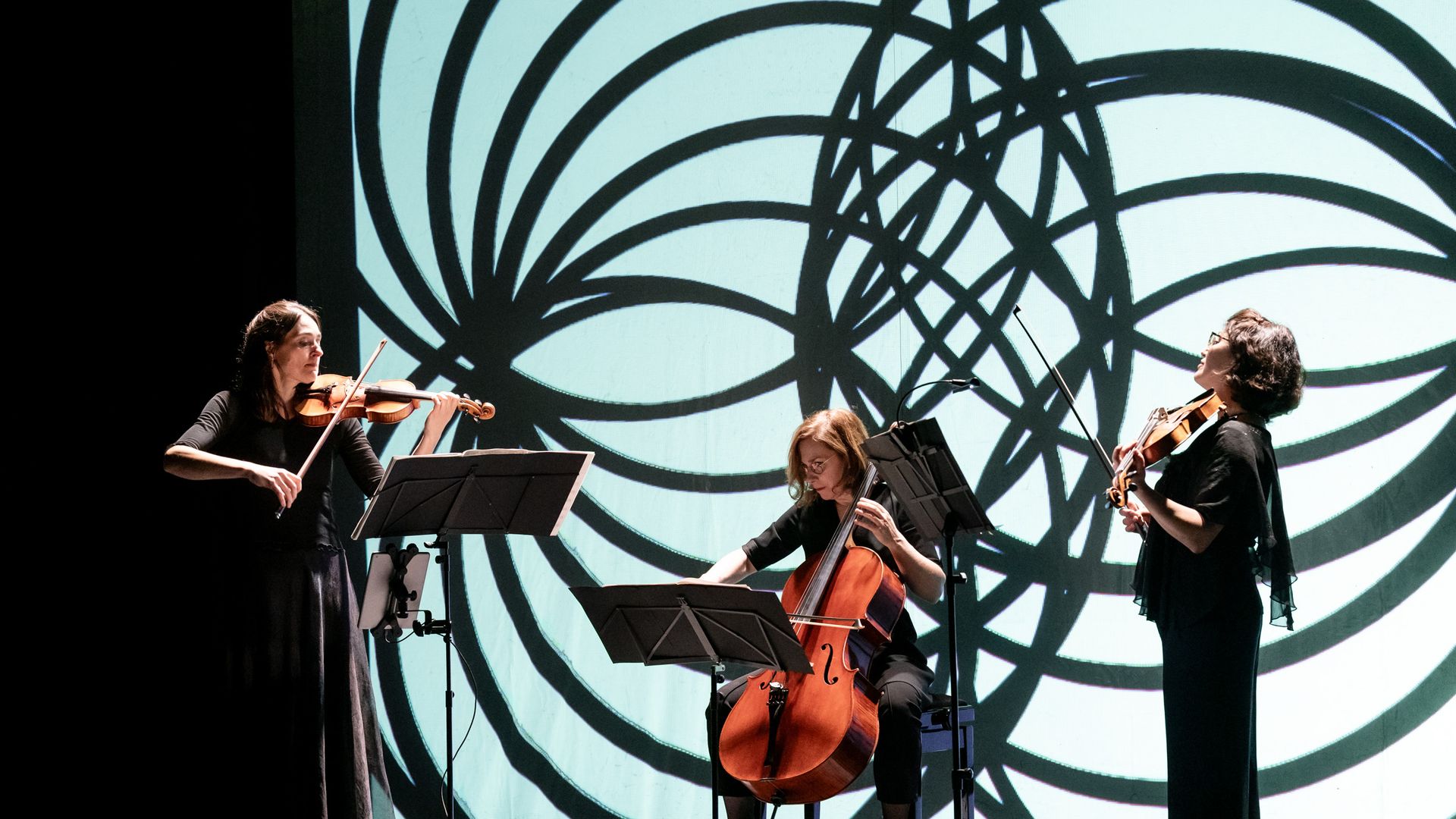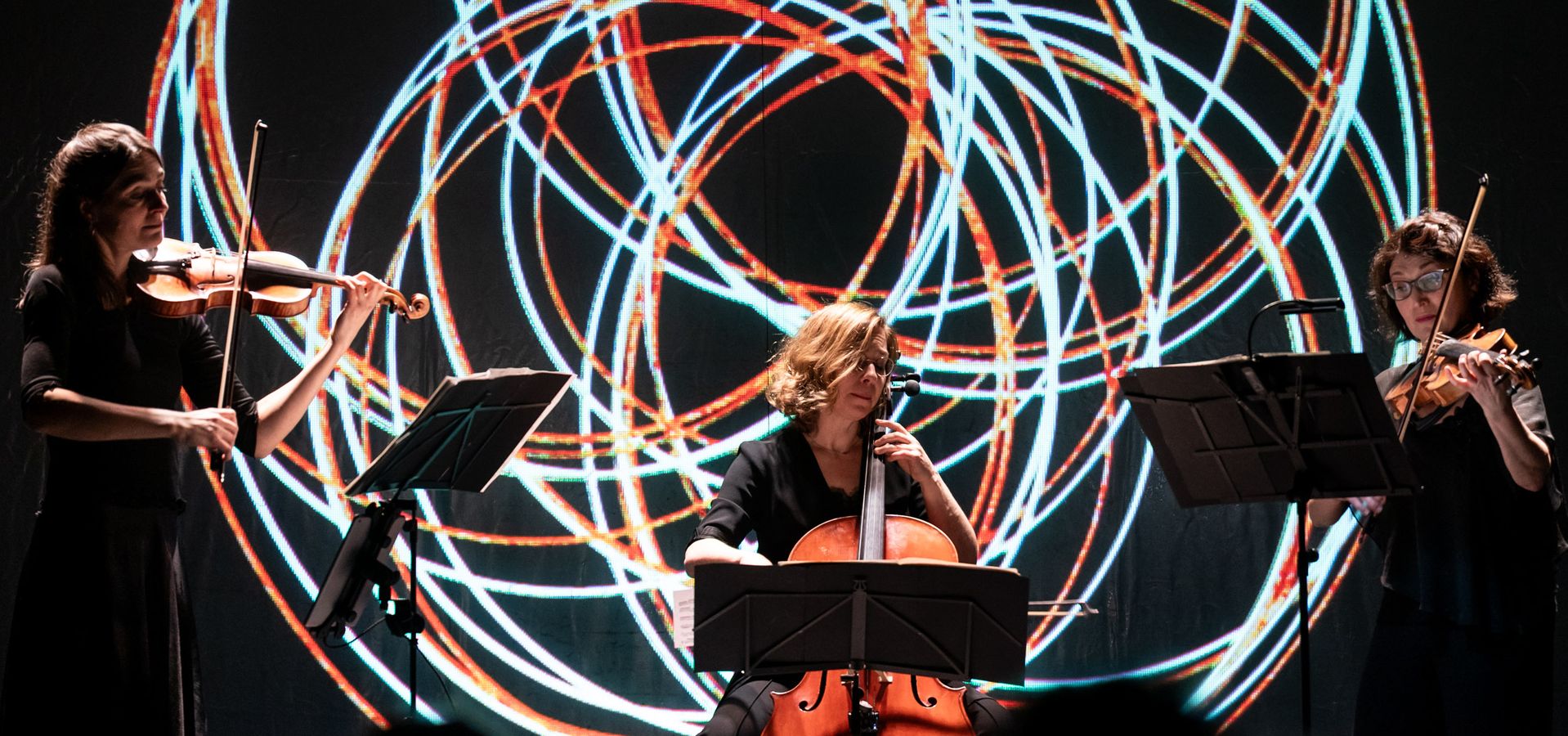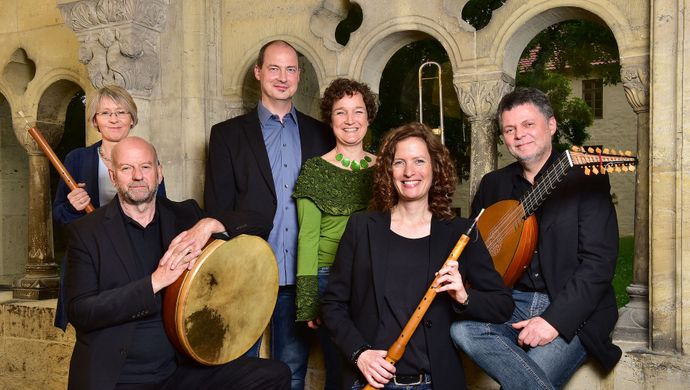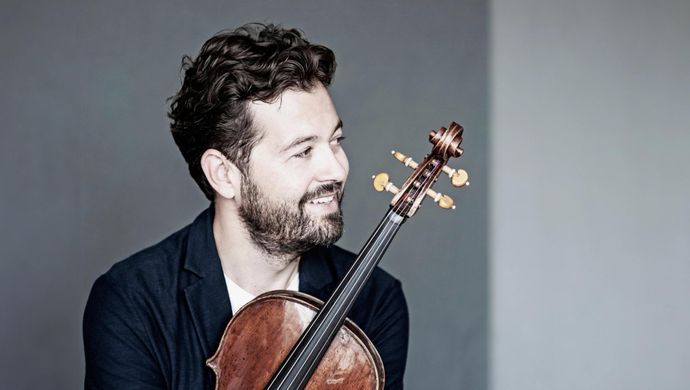
Programme notes:
Visions of Goldberg
The Hague String Trio & Lisette Huizenga
Sat 9 Nov / 20.15 uur / Nieuwe Kerk
Bachs Goldbergvariations
Johann Sebastian Bach's Goldberg Variations is one of the most beloved and frequently performed works in the keyboard repertoire, originally composed for harpsichord and first published in 1741. The richness of textures and sounds showcases Bach's unparalleled mastery of counterpoint, melody, and harmonic innovation. Unusually, the variations are based on the bass line and chord progressions of the aria, rather than on the melody itself.
In this performance, you will hear the string trio arrangement by Dmitry Sitkovetsky, in addition to adaptations by Marijn van Prooijen and the trio itself. While the string trio arrangement preserves the essence of Bach's intricate textures and counterpoint, it also allows for fresh interpretations through the unique sounds of the string instruments. The dialogue between violin, viola, and cello creates a dynamic contrast, highlighting the melodic lines and harmonic foundations that are quintessential to Bach's style.
Commissioned by Count Hermann Karl von Keyserlingk, the Variations were supposedly written for Johan Gottlieb Goldberg, a musician in the Count’s employ, to be performed at night to help the Count, a sufferer of insomnia, pass his nights more pleasurably. Whilst the story is probably untrue, Goldberg was likely to have been the first performer of the piece.
The performance will last approximately 85 minutes, in which the trio will take a brief moment to rest after the fifteenth variation, before continuing with the sixteenth variation, titled Overture.
Introduction animated film
The Goldberg Variations consist of 32 parts. The piece begins and ends with an Aria, between which are 30 variations, with a canon following every two variations. In total there are 9 canons. In each canon, the second voice starts one tone higher; the intervals in the consecutive canons increasing progressively from a unison to a ninth.
The films are inspired by the music and are crafted to complement it using stop motion 3D animation techniques. A fluid, moving image of abstract three-dimensional shapes is presented from a single camera perspective allowing the entire visual aspect of the film to continuously transform.
Just as in Bach's work, numbers and geometry play a significant role in the 3D animation films you will see during the concert. Many numbers and their corresponding shapes are concealed within the images.
Programme notes
Shapes associated with and hidden in the Variations
- variations 1 to 3: the point
- variations 4 to 6: the line
- variations 7 to 9: the triangle and 3 string instruments as a nod to the three interpreters
- variations 10 to 12: the square
- variations 13 to 15: the pentagon, the human, water, the peacock
- variations 16 to 18: the hexagon, opening, architecture
- variations 19 to 21: the heptagon, light, water, air, universe
- variations 22 to 24: cubes and hexagons
- variations 25 to 27: the tree, Fibonacci shape, infinite shape
- variations 28 to 30: the Earth (sphere)
The 28th and 29th variations mark a sudden transition in which the final vibrant and bold sounds suggest Bach striving for a higher spiritual consciousness. However, with the 30th variation he returns to Earth, after which he brings the piece to a close with the Aria once again. End of cycle.
The Aria and all the variations that are not canons are recognisable by the white background and black moving images. In contrast, the canons feature a black background with white moving images, complemented by an additional color that follows the second voice of the canon. Each variation has a different unifying element: the five-line staff.

Credits
The Hague String Trio
The Hague String Trio is an international string trio, founded in 2006 by Justyna Briefjes, Julia Dinerstein & Miriam Kirby. After meeting in The Hague after years of study and work in many countries, they came together to share their love of chamber music. Since then they have formed a strong bond as an ensemble and perform throughout The Netherlands and in countries such as England, Germany, Switzerland and the Czech Republic. Their CD recordings After the Darkness and Celebrating Women! featuring, respectively, forgotten persecuted Jewish and female composers both received glowing reviews in the national and international press.
Lisette Huizenga
Lisette Huizenga is a digital artist who has previous experience creating animated abstract art and has always been fascinated by the differing types of spaces in which our existence plays out. She presents unexpected yet natural transitions between tangible spaces, such as a city, a building, people, or a landscape, and imaginary or illusionary spaces, such as ideas and fantasies. Illusions and reality are blended together creating new worlds. Lisette has previously collaborated with musicians and a composer who created music in response to her animation films. Now, the roles are reversed, and she has challenged herself to engage in a dialogue with Bach and his Goldberg Variations through her moving images.
Acknowledgements
The project would not have been possible without the financial support of the Municipality of The Hague, the Gravin van Bylandt Foundation, the Cultuurfonds Zuid-Holland, the QEM Foundation, Voordekunst donors, and Pink Steenvoorden of Einstein Design. Special thanks for the technical setup and support of Youri Wezenaar of Einstein Design, Marijn and Willem van Prooijen, and Marijn for two new arrangements in the variations.
Finally, many thanks to Kerry and Anne Woodward, who were instrumental to the project, and Richard Egarr for his inspiring coaching sessions.
Thank you!




